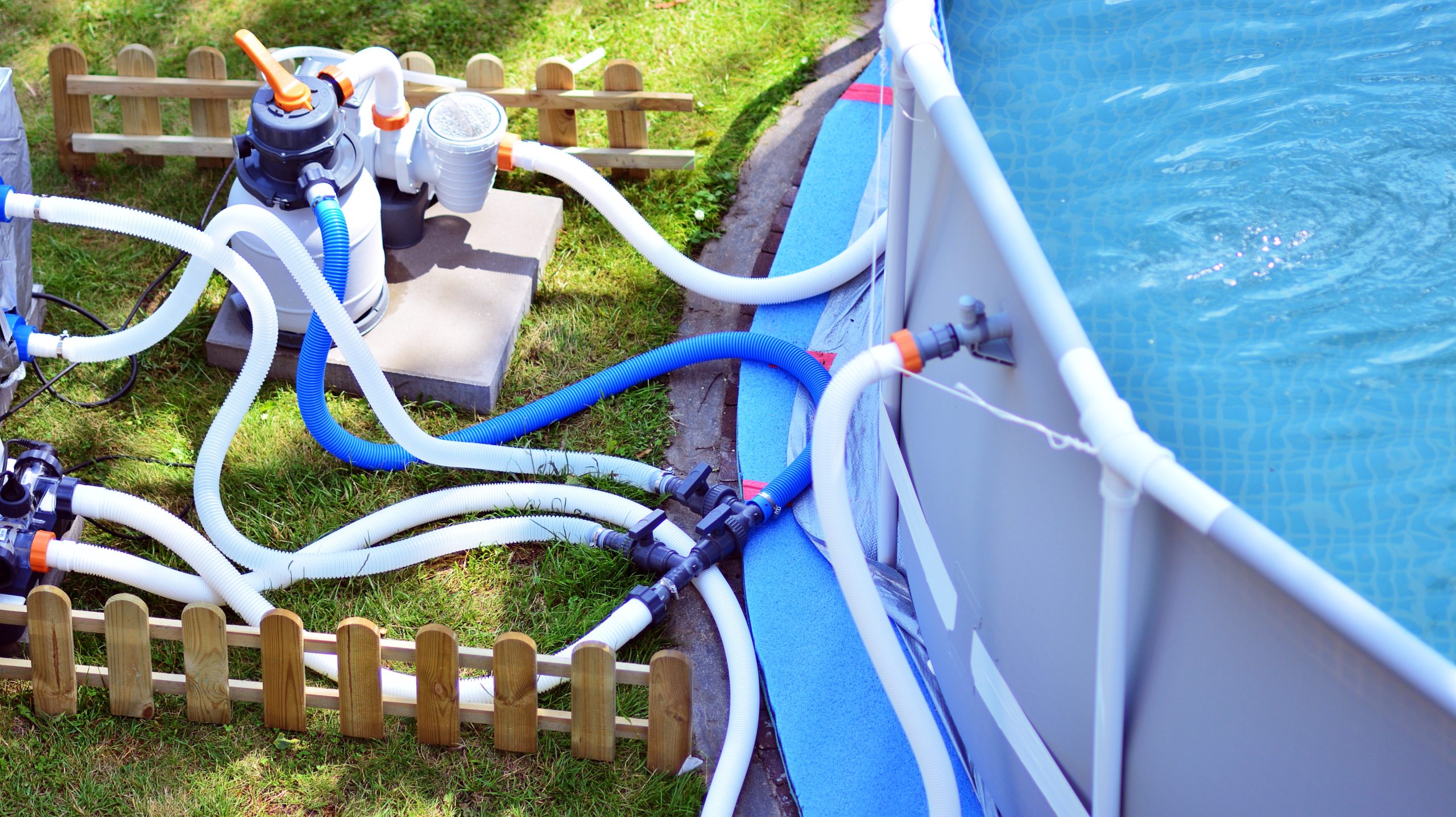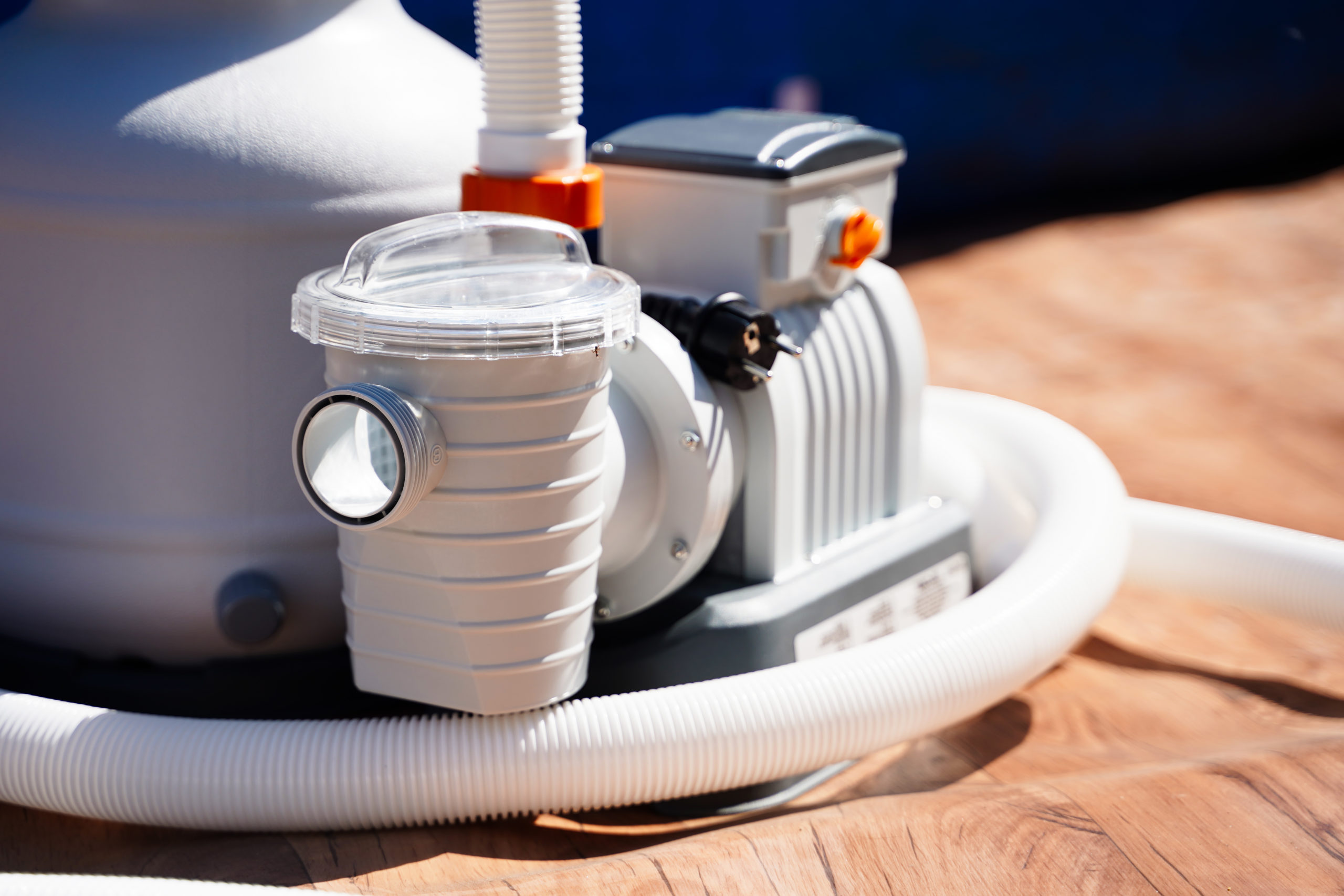You’re keen on keeping your pool pristine, aren’t you? Backwashing your filter is integral to that goal.
It’s not just about sparkling water; it’s about extending the life of your equipment.
In this guide, we’ll demystify the backwashing process, highlight its benefits, and provide practical steps to do it right.
So let’s dive in and ensure you’re maintaining your pool filter like a pro!
Understanding the Process of Backwashing
Let’s delve into understanding what backwashing is and why it’s vital for your pool filter.
Backwashing, simply put, is the process of cleaning your pool filter by reversing the flow of water to flush out contaminants. It’s an integral part of maintaining a clean, healthy pool system.
Remember, when we talk about backwashing frequency, there isn’t a one-size-fits-all answer. Factors like the amount of debris your pool collects or how often you use your pool can influence this. Typically, when your pressure gauge reads 8-10 PSI above normal, it signals time for a backwash.
Now let’s address filter damage risks associated with not backwashing properly. Neglecting this vital task could result in reduced water circulation and poor filtration performance. This neglect might lead to costly repairs or even complete replacement due to irreparable damage.
In short: don’t underestimate the importance of regular backwashing-it significantly extends the life of your filter and keeps your pool crystal clear. So get hands-on with mastering this essential skill; it’ll pay off in spades in terms of saving money and ensuring enjoyable swims all season long.

The Key Benefits of Regular Filter Backwashing
By maintaining a regular schedule for this process, you’ll reap the benefits of cleaner water and a longer-lasting system. Your backwashing frequency plays a crucial role in achieving these results. The key is to find a balanced rhythm; overdoing it can wear out your filter prematurely, while not doing it enough could lead to murky water and an underperforming pool system.
Here’s what you stand to gain from frequent and proper backwashing:
* Improved Water Clarity
* Backwashing dislodges trapped dirt from your filter, improving its efficiency and leading to crystal clear water.
* You’ll have less algae buildup, providing an overall healthier swimming environment.
* Enhanced Filter Longevity
* Regular backwash prevents clogging that forces your filter to work harder than necessary.
* This optimal functionality reduces pressure on the system, prolongs its lifespan, and saves you money in the long run.
Remember though: each pool is unique in terms of usage and surrounding environmental factors. These will influence how often you need to backwash. As such, mastering your pool’s specific needs is essential for reaping maximum benefits from regular backwashing.
Step-by-Step Guide to Backwashing Your Pool Filter
You’re ready to dive into the specifics of how to perform this essential maintenance task, aren’t you?
Filter selection and backwash frequency are two key areas that need your full attention. Now, let’s get started.
Firstly, filter selection is crucial. You’ve got sand filters, cartridge filters, and diatomaceous earth (DE) filters. Each type has its own backwashing method so know your filter well. Sand and DE filters require backwashing when the pressure gauge reads 8-10 PSI above normal while cartridge filters need to be removed and rinsed with a hose.
Your backwash frequency matters too. Generally, once every 4-6 weeks suffices for most pools but remember this can vary depending on pool usage and weather conditions. If it’s heavily used or after heavy rains, you might need to increase the frequency.
Backwashing itself isn’t complicated: turn off your pump; rotate the valve handle to ‘backwash’; restart the pump until water runs clear; stop the pump again; finally rotate the valve handle back to ‘filter’. Regular practice will make perfect!
Mastering these steps ensures optimal performance from your pool system over time – an accomplishment worth diving in for!
Common Mistakes to Avoid When Backwashing
Despite the seeming simplicity, there are common blunders you should dodge when performing this essential maintenance task. You might think backwashing your pool filter is as easy as flipping a switch, but it’s more nuanced than that.
– Inappropriate Backwashing Frequency: Striking a balance is key here.
– Too frequent: This wastes water and can lead to unnecessary wear on your equipment. Don’t be too eager; overdoing it isn’t beneficial.
– Not enough: Conversely, insufficient backwashing allows contaminants to build up in your filter, creating an unhealthy swimming environment and putting strain on your pool system.
– Not Using Proper Equipment: This doesn’t just apply to the pump and filter themselves.
– Wrong valve settings: If you don’t set the multiport valve correctly, you risk damaging your system or reducing its efficiency. Learn what each setting does and use them wisely.
– Incorrect pressure gauge reading: A faulty pressure gauge can give inaccurate readings leading to wrong backwashing frequency decisions. Ensure yours is functioning properly.
Maintaining Your Pool Filter Post-Backwashing
After you’ve backwashed, it’s essential to keep up with regular maintenance to ensure the system operates at peak efficiency. Don’t take post-backwash care lightly; your diligence in this area can significantly impact your filter lifespan, affecting the cleanliness and safety of your pool water.
Remember that backwashing is not a fix-all solution. Regular inspections are key, checking for cracks or damage in the filter that might hinder its performance. If you notice any irregularities, address them immediately-proactive measures will extend your filter lifespan considerably.
Next, monitor pressure gauge readings religiously. Post-backwash, you should aim for a pressure drop of 8-10 psi compared to pre-backwash levels. If there’s no significant change or if the pressure increases rapidly after backwashing, it could indicate problems requiring immediate attention.
Lastly, don’t neglect routine cleaning tasks such as skimming debris off the surface and vacuuming the pool floor. These efforts reduce the load on your filter and can prolong its useful life.

Frequently Asked Questions
What Are Some Signs That It’s Time to Backwash My Pool Filter?
When you’re noticing poor water clarity, increased pressure gauge readings, or a decrease in your pool’s flow rate, it’s likely time to employ backwashing techniques to extend your filter lifespan.
Can I Backwash My Pool Filter Too Often and if So, What Are the Potential Consequences?
Yes, you can backwash your pool filter too often. Excessive backwash frequency can lead to filter damage such as reduced efficiency or even system failure. It’s key to balance cleanliness with equipment care.
Are There Different Methods of Backwashing for Different Types of Pool Filters?
Yes, different filters require unique backwashing techniques. You must consider your filter selection criteria when determining the best method. It’s crucial to follow the manufacturer’s instructions to ensure proper maintenance and prevent damage.
How Does the Climate or Weather Affect the Frequency of Backwashing a Pool Filter?
Weather greatly impacts your backwashing schedule. During hot, heavy-use seasons, you’ll need to backwash more frequently. Cold weather decreases use and dirt accumulation, reducing the need for seasonal backwashing. Always monitor for optimal cleanliness.
What Are Some Effective Products to Use for Pool Filter Backwashing?
When choosing products for backwashing, you’ll find many effective options. Seek cost-effective ones that align with proven backwashing techniques, like DE and sand filter cleaners. They’ll optimize your pool’s cleanliness while saving money.
